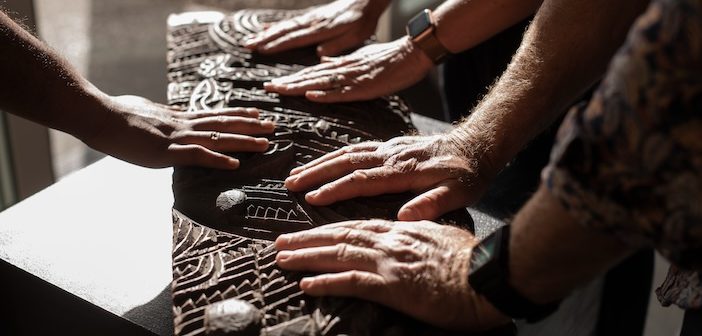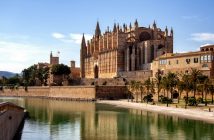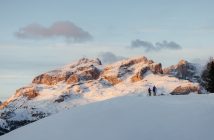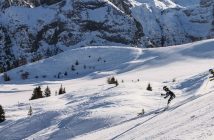In a travel special for the Bank Holiday weekend, Anna Selby ventures to the far side of the world, to a land not too dissimilar to her own, and one in which nature leads the way…
Imagine a country a smidgen bigger than the UK but with a population of just 5million. Add in a lack of pollution, mountains and lakes, forests and glaciers and – thanks to the Roaring Forties winds that whip across this latitude almost entirely over the ocean – the cleanest possible air. And what do you have? Yep, it’s New Zealand.
Unsurprisingly, this is one of the great outdoors destinations. You can ski, hike, bike, sail, canoe – just about any activity is available in NZ – and the surroundings are always glorious and often deserted. There are times when the countryside looks uncannily like England – the rolling hills of Dorset, perhaps. But then you spot the hillsides of dense tree ferns and the rounded, now grassy outlines of hundreds of long dormant volcanos. Peter Jackson made perhaps the inevitable choice in using his homeland for Middle Earth, a landscape both homely and exotic. And full of natural wonders some of which, in this brief series of stories, I’d like to introduce.

New Zealand was a land without people for a very long time and there is some dispute about when the Maori people first arrived but it is generally thought to be some time in the 13th century, the end of a series of long voyages that populated the South Pacific islands. They brought with them crops like kumara (sweet potato), yams and taro and disturbed the land hardly at all.
There was one exception to this – rats. There were no land mammals in NZ before this and many of the country’s unique birdlife species had developed to be ground nesting and, in some cases, flightless. It all made for easy pickings. The problem was made far worse with the arrival of Europeans who brought with them a whole array of predators – cats, dogs, rabbits and, for some unaccountable reason, stoats, ferrets and possums. Some birds, like the moa, are now extinct while many others, most famously the kiwi, have long been on the endangered list.
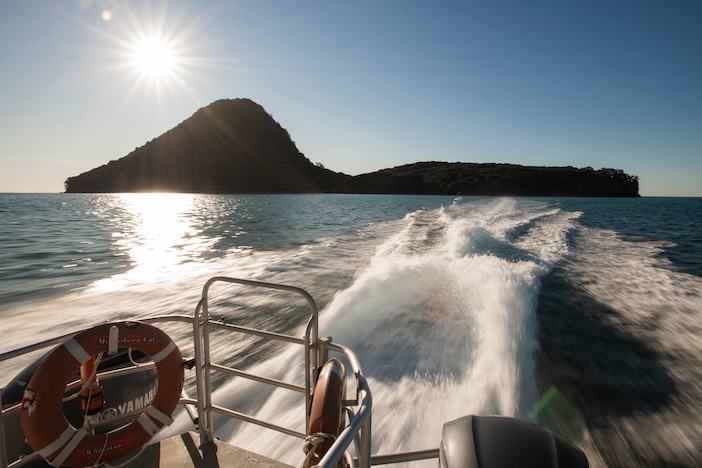
They are, happily, starting to flourish again and there are a few places where, after years of captive breeding, the natural habitat of endangered species is being restored and protected from predators so they can actually live as they always did in the wild. One of these places is Moutohorā Island, also known as Whale Island, around nine kilometres off the coast of Whakatāne on the east coast of North Island in the Bay of Plenty.
It belongs to the Maori tribe of Ngāti Awa and access is purposely restricted – you can visit only with one of their guides who will take you on a bush walk through forest to the clifftops and down to the beach where you can go for a swim or dig your own geothermal hot pool from the thermal waters just under the sand. Then there’s always the possibility of a game of Poi Rakau (a Maori lesson in hand-eye co-ordination where it helps to know your matau, right, from your maui, left).

Whale Island is a remarkable place. It’s tiny, just over half a square mile in area, but is home to a colony of NZ fur seals as well as countless nesting birds. There are the remains of an extensive pā, or fortified village and a few Maori people did make their homes here – and were followed by some rather unsuccessful European endeavours. There was a whaling station in the 1830s that, fortunately, didn’t catch a single whale, as well as sulphur mining and quarrying for the rock that created the harbour back in Whakatāne.
This, though, is all very much in the past and on my visit, after circumnavigating the island to see the seals, it became very clear how important an environmental project this is. It was originally declared a wildlife refuge in 1965 but work really started in 1984 when the rabbits and goats that had been introduced to the island were removed. Invasive foreign species of plants and trees have gone too, replaced by native varieties and bio-security is everywhere – you have to disinfect your footwear and shake out your backpack before getting on the catamaran for the 15-minute crossing to protect them from further incursions.
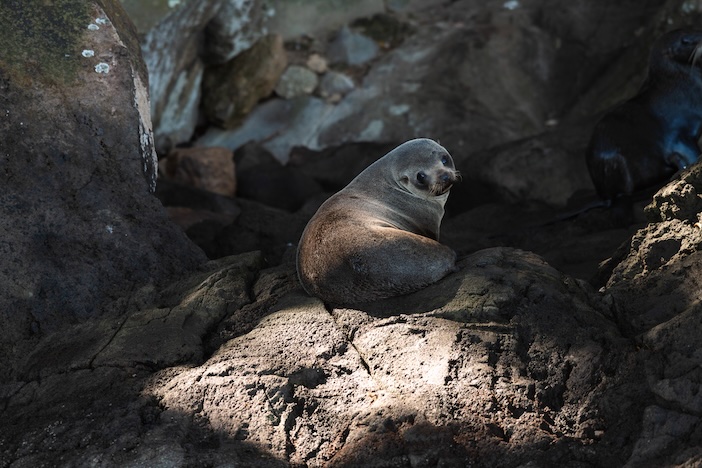
There are monitors to register the numbers of the many local varieties of geckos as well as traps for any potential predators. These are rarely needed – it helps that this is an island so predators find it difficult to reach. If they did, it could be fatal for the birds. Kiwi chicks have been introduced here though I didn’t see any as they are, of course, nocturnal – I did, though, spot some holes that were their nests!
However, I did see other threatened species such as the dotterel, North Island saddleback and variable oystercatchers. There’s a breeding colony of grey-faced petrels, little blue penguins (adorable) and, most colourfully, red-crowned parakeets. Most of these you see on a hike with the knowledgeable local guide who explains the wildlife as well as the vegetation and will also help you dig a geothermal footbath on the beach.

Back on the mainland, I stayed at the Awa Motel alongside the Whakatāne Wharf and also owned by the Ngāti Awa. There is a range of accommodation from studios to cabins, as well as Café Awa which is popular with locals as well as guests and has a terrace looking out across the harbour. If you ask at reception, they can arrange a visit to the Ngāti Awa marae.
A marae is both a sacred space and a meeting place throughout Polynesia as well as NZ. This is a particularly impressive one with a handsome gate with carvings that tell of the arrival of the iwi (tribe) to New Zealand and a meeting house (wharenui) that has been lovingly restored. It has had a remarkable history.

Originally built in 1875, in 1879 it was taken down and sent to Sydney for an exhibition and then on to London where it was shown decades later at Wembley in the British Empire Exhibition. The iwi chiefs had had no say in the matter and the wharenui continued its journey returning to NZ in 1925 – but not them. Instead, it went south to Dunedin. In the 1980s, its journey home began and, after long negotiations about the land and the meeting house itself, it was restored and opened in Whakatane in 2011.
Whale Island is run by the Ngāti Awa people with the NZ Department of Conservation and it’s been astonishingly successful and, staying here, you begin to understand the local enthusiasm for the project. It’s a magical place and the surrounding waters teem with marine life – dolphins and whales, sharks and numberless oceanic birds. If you’re looking for an insight into new Zealand as it once was, look no further.
For more information about Whale Island, please visit www.moutohora.co.nz.
Next time, Anna goes inland, where things get a little, well, heated…

